10 Best Cimicifuga Racemosa Preparations

The best medicinal preparations of Cimicifuga racemosa are tinctures, teas, decoctions, capsules, and creams, each offering unique benefits for therapeutic use.
Tinctures provide a concentrated form of the herb, often used for hormonal balance and menopausal symptoms.
Teas and decoctions are popular for their gentle, soothing effects on the nervous system and menstrual health.
Capsules offer a convenient and standardized dosage, while creams are applied topically to alleviate muscle pain and inflammation.
These preparations have been traditionally used in herbal medicine to support women’s health and overall wellness.
Below there's a list of the 10 best herbal preparations of cimicifuga racemosa for medicinal purposes.
- 1. Tinctures
- 2. Teas
- 3. Decoctions
- 4. Capsules
- 5. Creams
- 6. Syrups
- 7. Lozenges
- 8. Oinments
- 9. Linctuses
- 10. Liniments
1. Tinctures
Cimicifuga racemosa tinctures is commonly used to alleviate symptoms of menopause, such as hot flashes, night sweats, and mood swings.
They are also used to treat menstrual irregularities, including dysmenorrhea and premenstrual syndrome. The bioactive constituents responsible for these effects include compounds like triterpene glycosides, isoflavones, and caffeic acid. These compounds are believed to exert estrogen-like effects in the body, supporting hormonal balance.
Additionally, some studies suggest that these tinctures may help with osteoporosis and joint pain due to their anti-inflammatory and bone-strengthening properties.
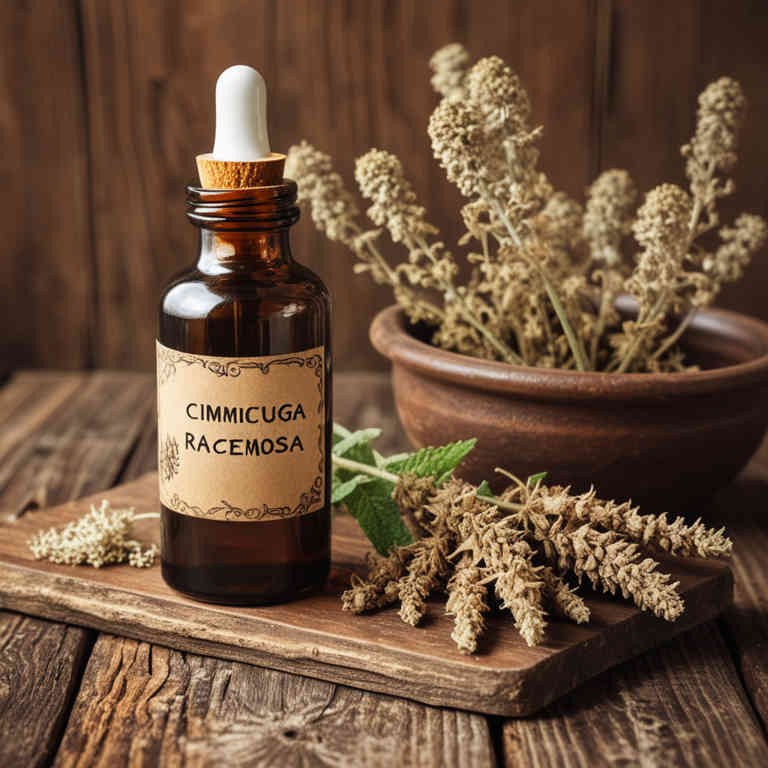
2. Teas
Cimicifuga racemosa teas is commonly used to alleviate symptoms of menopause, such as hot flashes, night sweats, and mood swings.
It is also used to treat joint pain, muscle aches, and menstrual cramps. The most common medicinal uses include hormonal imbalance support, osteoporosis prevention, and relief from arthritis-related inflammation. The bioactive constituents responsible for these effects include phytoestrogens, such as triterpene glycosides, and other compounds like flavonoids and alkaloids.
These components help modulate estrogen receptor activity and possess anti-inflammatory and analgesic properties.
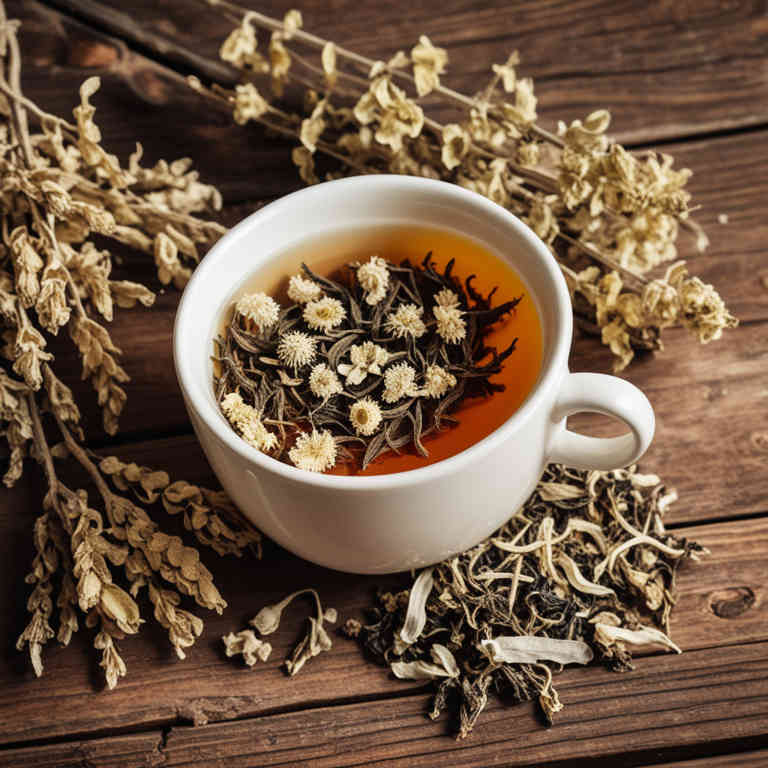
3. Decoctions
Cimicifuga racemosa decoctions is commonly used to alleviate symptoms of menopause, such as hot flashes, night sweats, and mood swings.
This herbal preparation is also used to treat musculoskeletal pain, including arthritis and joint inflammation. The most common medicinal uses include relief from menopausal symptoms and support for hormonal balance. Bioactive constituents such as triterpene glycosides, isoflavones, and phenolic compounds are believed to contribute to its therapeutic effects.
These compounds may act as phytoestrogens, modulating hormonal activity and reducing inflammatory responses in the body.
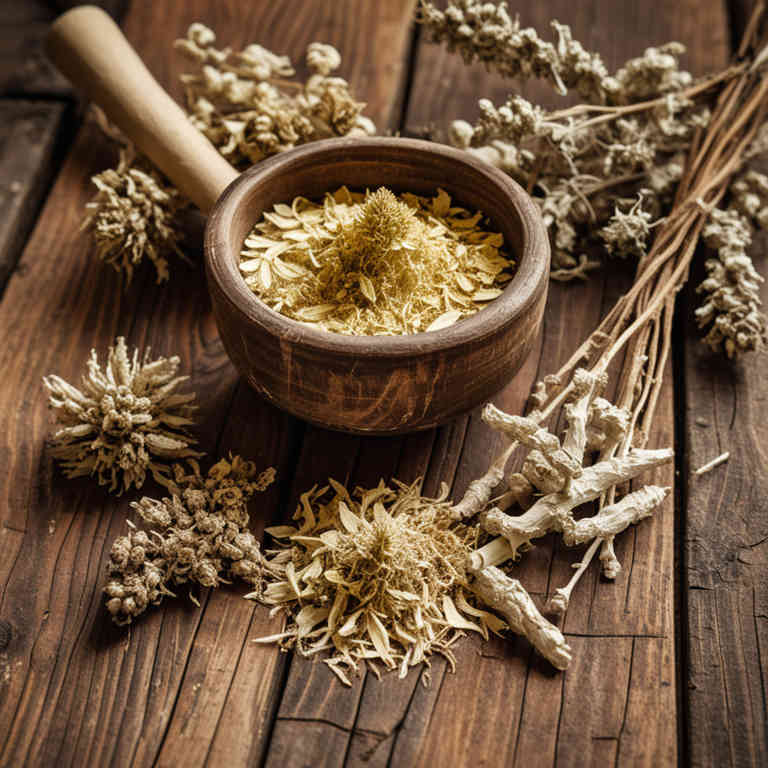
4. Capsules
Cimicifuga racemosa capsules is commonly used to alleviate menopausal symptoms such as hot flashes, night sweats, and mood swings.
This herbal preparation is also used to treat conditions like osteoporosis, arthritis, and depression. The most common medicinal uses include relief from hormonal imbalances, muscle pain, and anxiety-related disorders. The bioactive constituents responsible for its medicinal properties include compounds such as triterpene glycosides, isoflavones, and phenolic acids.
These compounds contribute to its estrogen-like effects and anti-inflammatory properties.

5. Creams
Cimicifuga racemosa creams is commonly used to alleviate symptoms associated with menopause, such as hot flashes, night sweats, and mood swings.
These creams are also used to treat joint pain, muscle aches, and inflammatory conditions due to their anti-inflammatory and analgesic properties. The most common medicinal uses include relief from menopausal symptoms and musculoskeletal disorders. The bioactive constituents responsible for these effects include compounds such as triterpene glycosides, isoflavones, and phenolic acids, which exhibit estrogen-like activity and anti-inflammatory effects.
These components contribute to the herb's ability to modulate hormonal balance and reduce inflammation in the body.

6. Syrups
Cimicifuga racemosa syrups is commonly used to alleviate symptoms associated with menopause, such as hot flashes, night sweats, and mood swings.
This herbal preparation is also used to treat menstrual disorders, including irregular periods and premenstrual syndrome. The most common ailments addressed by this syrup include hormonal imbalances, anxiety, and fatigue. The bioactive constituents responsible for its medicinal properties include compounds such as triterpene glycosides, isoflavones, and phenolic acids.
These compounds are believed to modulate estrogen receptor activity and have anti-inflammatory and neuroprotective effects.

7. Lozenges
Cimicifuga racemosa lozenges is commonly used to alleviate symptoms of menopause, such as hot flashes, night sweats, and mood swings.
They are also used to treat menstrual irregularities, including premenstrual syndrome (PMS) and dysmenorrhea. These lozenges are often prescribed as an alternative to hormone replacement therapy due to their natural composition. The bioactive constituents responsible for their medicinal properties include phytoestrogens, such as triterpene glycosides, and flavonoids, which mimic estrogen's effects in the body.
These compounds help regulate hormonal imbalances and reduce associated discomfort.
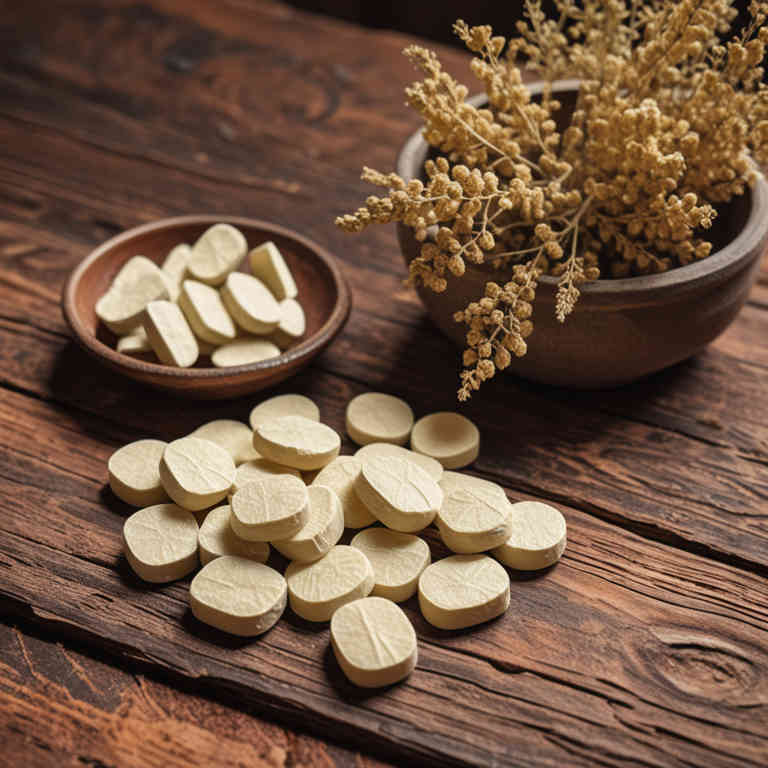
8. Oinments
Cimicifuga racemosa oinments is commonly used to alleviate symptoms of menopause, such as hot flashes, night sweats, and mood swings.
These oinments are also used to treat joint pain, muscle aches, and inflammatory conditions due to their purported anti-inflammatory and analgesic properties. The most common medicinal uses include relief from menopausal symptoms and musculoskeletal disorders. The bioactive constituents responsible for these effects include compounds such as triterpene glycosides, isoflavones, and sterols, which are believed to modulate hormonal activity and reduce inflammation.
These components contribute to the herbal preparation's reputation in traditional and complementary medicine.

9. Linctuses
Cimicifuga racemosa linctuses is commonly used to alleviate symptoms of menopause, such as hot flashes, night sweats, and mood swings.
It is also used to treat menstrual disorders, including dysmenorrhea and premenstrual syndrome. The most common medicinal uses of this preparation include managing hormonal imbalances and supporting women's health during transitional phases. The bioactive constituents responsible for its medicinal properties include phytoestrogens, such as triterpene glycosides, and flavonoids, which have estrogenic and anti-inflammatory effects.
These compounds help regulate hormonal activity and reduce symptoms associated with hormonal fluctuations.
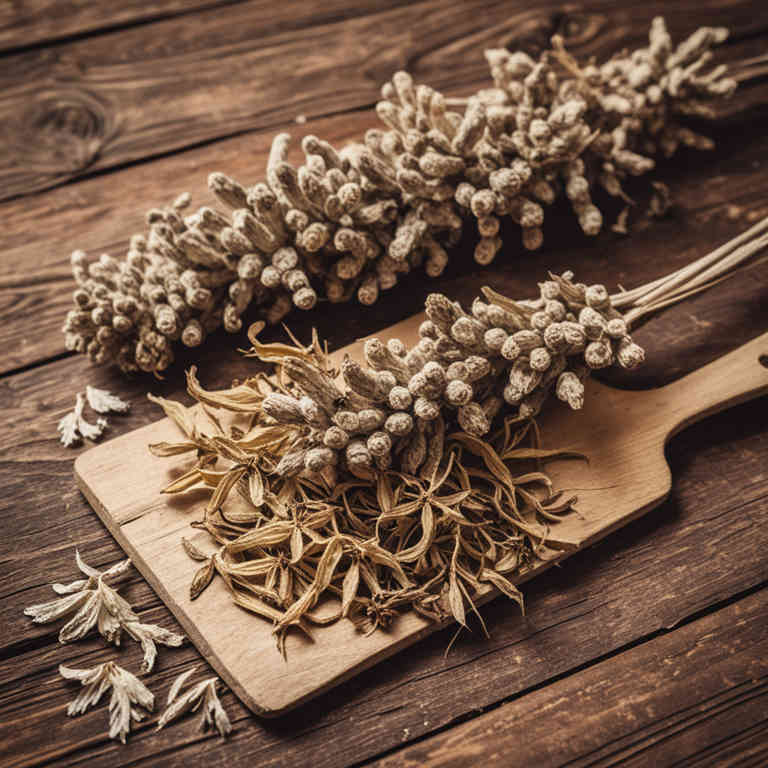
10. Liniments
Cimicifuga racemosa liniments is commonly used to relieve symptoms of menopause, such as hot flashes, night sweats, and mood swings.
These liniments are also used to alleviate joint pain, muscle aches, and inflammation associated with conditions like arthritis. The most common medicinal uses include treating hormonal imbalances, musculoskeletal disorders, and skin irritations. The bioactive constituents responsible for these effects include phytoestrogens, such as triterpene glycosides, and other compounds like flavonoids and sterols.
These components are believed to modulate estrogen receptor activity and possess anti-inflammatory and analgesic properties.
